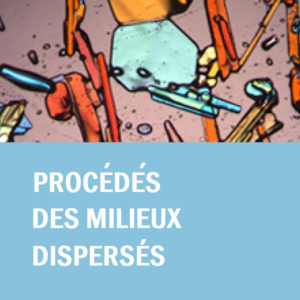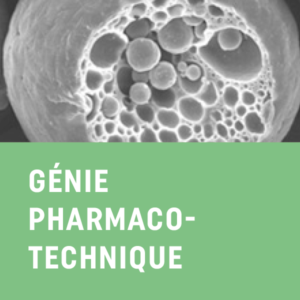Qui sommes-nous ?
Le LAGEPP est le Laboratoire d'Automatique, de Génie des Procédés et de Génie Pharmaceutique.
Les actualités
- Evènement / AnnonceEnd of Closing seminar of the C-StaRRE 4.0 research projectLire la suite
Bilan du Congrès le Mercredi 6 décembre 23 à CPE sur le campus LyonTech la Doua Du réseau d'assainissement à l'installation de récupération des ressources en eau : nouveaux outils numériques pour cette gestion
- Colloque / Séminaire...Journées Scientifiques Ultrasons et Procédés (JSUP 2023)Lire la suite
Les JSUP auront lieu les 6 et 7 Décembre 2023 sur le campus de la Doua.
- Distinction / prix“Highly Cited Researchers” : 3 chercheurs lyonnais, 1 au #LAGEPPLire la suite
Le @LAGEPP est fier de vous informer que Hatem FESSI professeur émérite fait partie des chercheurs les plus cités d’après le classement annuel 2022 “Highly Cited Researchers” de Clarivate.



















